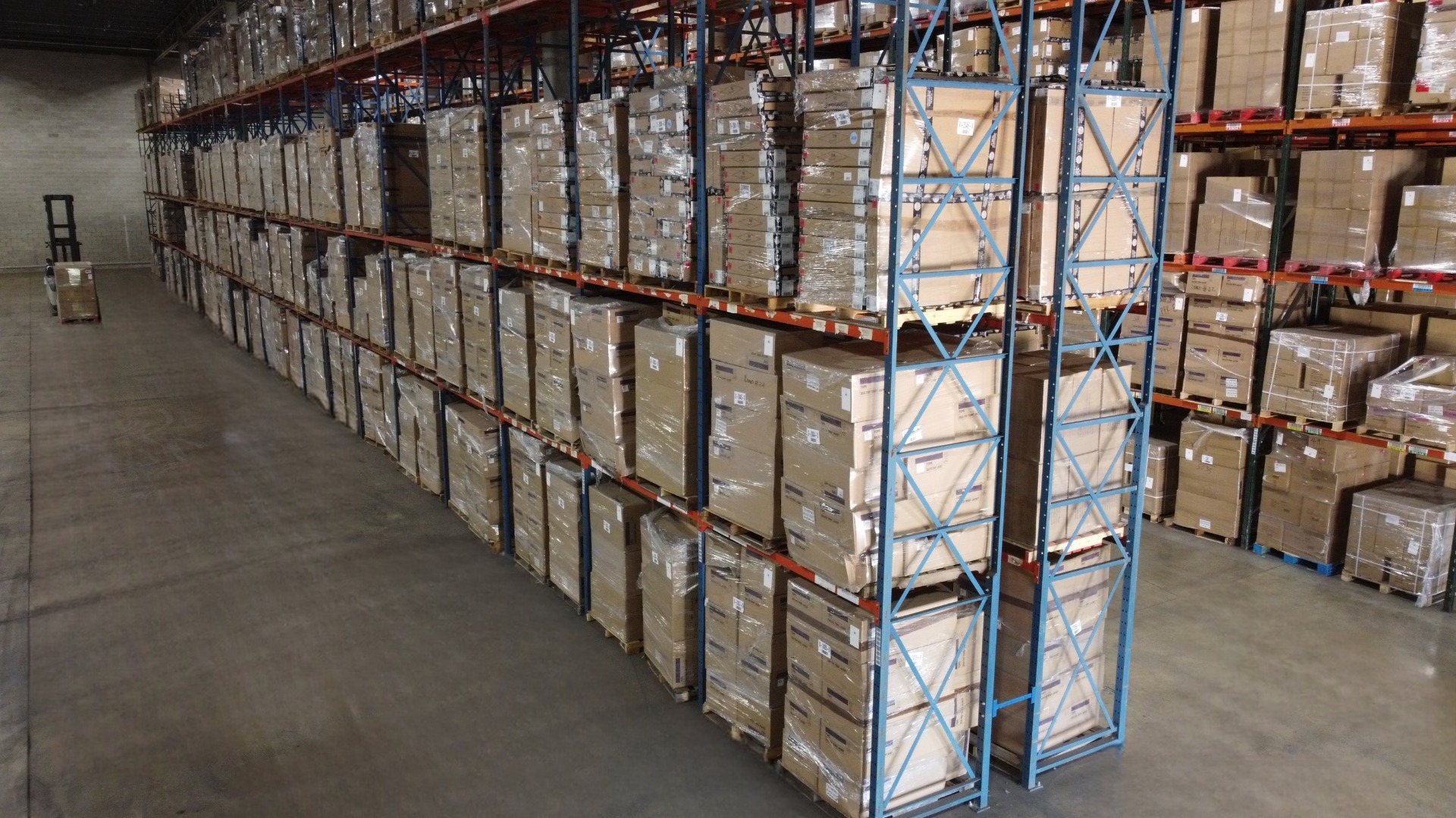
Warehouse operations play a vital role in the overall success of supply chain management. In this blog post, we will explore the key elements of warehouse operations at Just Logistics Group and provide actionable insights to optimize efficiency and streamline processes.
I. Introduction to Warehouse Operations Warehouse operations are the foundation of a well-functioning supply chain. Efficient warehouse management ensures timely order fulfillment, accurate inventory control, and improved customer satisfaction.
II. Key Elements of Warehouse Operations
A. Inventory Management Accurate inventory management is crucial for seamless warehouse operations. Implement real-time tracking systems, proper labeling, and regular cycle counting to maintain inventory accuracy and minimize stock discrepancies.
B. Warehouse Layout and Organization A well-organized warehouse layout is essential for efficient operations. Optimize storage solutions, establish efficient pick paths, and ensure clear signage for easy navigation and reduced order processing time.
C. Order Fulfillment Processes Effective order fulfillment processes are key to meeting customer expectations. Streamline picking, packing, and shipping operations, employ technology like barcode scanners, and implement quality control checks to improve efficiency and order accuracy.
D. Technology and Automation Leverage technology and automation solutions to enhance warehouse operations. Implement warehouse management systems (WMS), utilize barcode scanners for inventory tracking, and explore the potential of robotics to increase efficiency and reduce manual labor.
E. Workforce Management and Training A trained and motivated warehouse workforce is critical for smooth operations. Provide comprehensive training programs, enforce safety protocols, and establish performance measurement systems to ensure productivity and employee satisfaction.
III. Best Practices for Optimizing Warehouse Operations
A. Demand Forecasting and Planning Accurate demand forecasting helps prevent stockouts and overstocking. Analyze historical data, collaborate with sales and marketing teams, and implement forecasting tools to optimize inventory levels and ensure timely replenishment.
B. Continuous Process Improvement Adopt a culture of continuous improvement in warehouse operations. Apply lean methodologies, such as 5S and Kaizen, to identify and eliminate waste, streamline processes, and improve overall efficiency.
C. Performance Metrics and KPIs Use key performance indicators (KPIs) to measure and improve warehouse performance. Track metrics like order accuracy, on-time delivery, inventory turnover, and employee productivity to identify areas for improvement and set performance goals.
D. Collaboration with Suppliers and Carriers Establish strong relationships with suppliers and carriers to streamline inbound and outbound logistics processes. Foster open communication, negotiate favorable terms, and leverage technology for real-time visibility and collaboration.
E. Technology Integration and Data Analytics Integrate technology solutions like WMS and data analytics to gain operational visibility and make data-driven decisions. Utilize analytics tools to identify bottlenecks, optimize resource allocation, and enhance overall warehouse performance.
Conclusion: Optimizing warehouse operations is crucial for achieving supply chain efficiency and meeting customer demands. By implementing best practices, leveraging technology, and prioritizing continuous improvement, Just Logistics Group can enhance its warehouse operations and achieve a competitive edge in the logistics industry.

